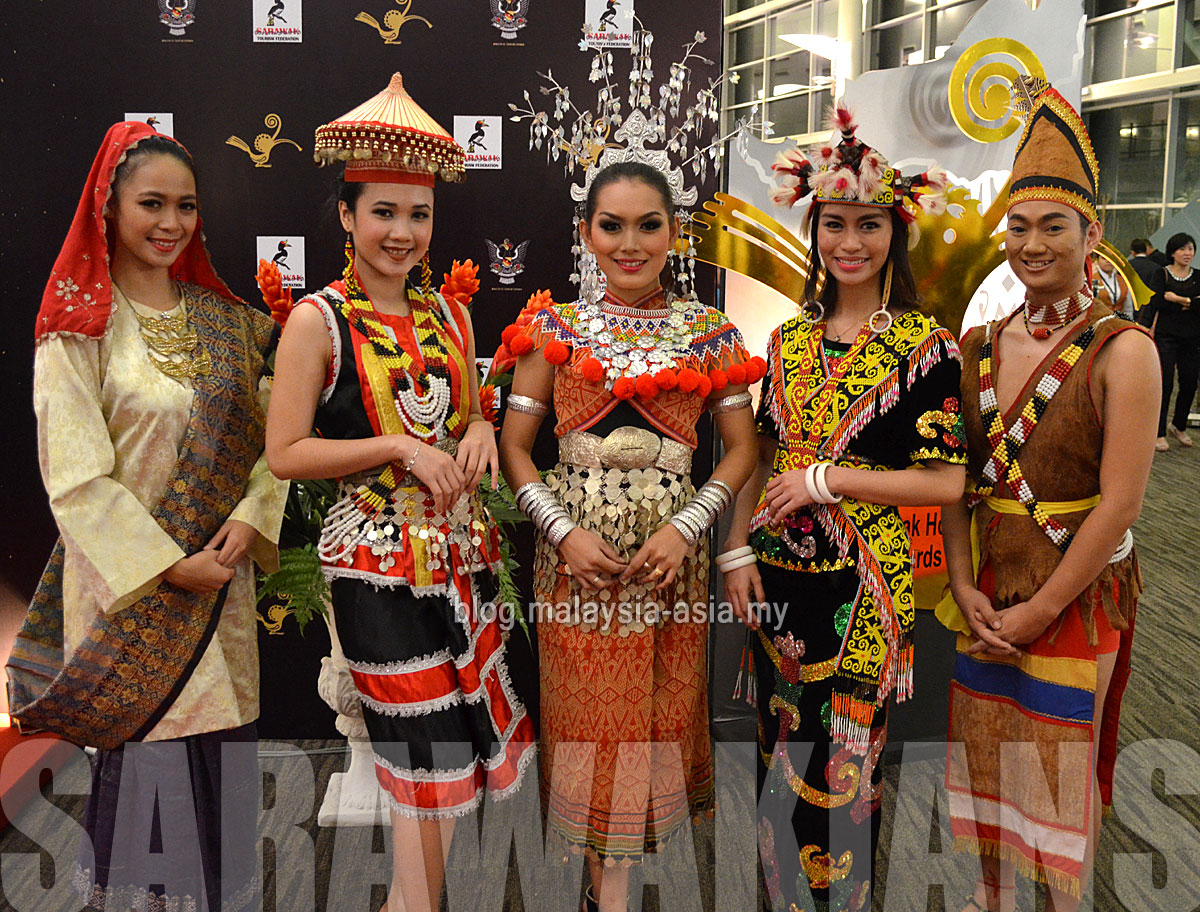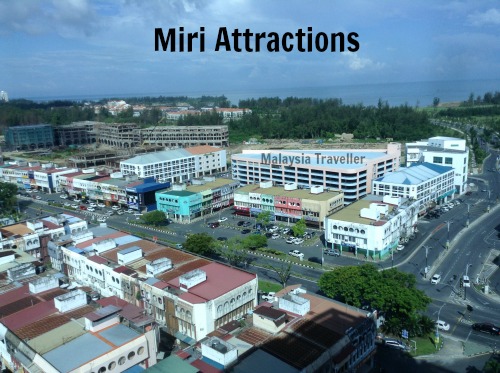



That is why they have always been more pernicious than any political organisation. “All religions have based morality on obedience, that is to say, on voluntary slavery. Read more about this topic: History Of Sarawak, Demographicsįamous quotes containing the word religions: Other ethnics who still have trace number of animism followers are Melanau and Bidayuh. Many Dayaks especially the Ibans, continue to practice their ethnic religion, particularly with dual marriage rites and during the important harvest and ancestral festivals such as Gawai Dayak, Gawai Kenyalang and Gawai Antu. Other minor religions in Sarawak are Baha'i, Hinduism, Sikhism, and animism. Taoism and Chinese Folk Religion are together the fourth largest religious group, also represented by ethnic Chinese. Buddhism is the third largest, predominantly practiced by Chinese Malaysians. Many Muslims are from Malay, Melanau, and Kedayan ethnic groups. Islam is the second largest religion in Sarawak. Many Sarawakian Christians are non-Malay Bumiputera, ranging from Iban, Bidayuh, Orang Ulu and Melanau. Major Christian denominations in Sarawak are the Roman Catholics, Anglicans, Methodists, Borneo Evangelical Missionkm2(BEM or Sidang Injil Borneo,km2S.I.B.), and Baptists. The smallest town or council is Pakan, with a population of only 15,139, followed by Matu/Daro with 16,952 people.Religions Religion in Sarawak - 2010 CensusĪs of 2010 the population of Sarawak disregarding foreign immigrants is 44% Christian, 30% Muslim, 13.5% Buddhist, 6.0% Taoist or Chinese religion follower, 3.1% follower of other religions, and 2.6% non-religious.Ĭhristianity has the highest number of practitioners in Sarawak. The third largest town is Bintulu with a population of 183,402, followed closely by Sibu with 162,676.īut if Sibu’s population were to include its suburban area, then it would be in third position as it has an overall population of some 240,165 people. In terms of distribution of population throughout the state, Kuching City remained the most populous city with 598,617 people, followed by Miri City with 234,541 people. In comparison, there are more males in Sarawak compared to females, with a difference of 89,400. The state’s population has also recorded an increase from 2,538,400 in the first quarter of 2012 to 2,583,000 as at the third quarter of last year, an increase of 44,600 or 1.76 per cent. The Bidayuhs remain on fourth place with 205,900, followed by the Melanaus with 132,600, the Orang Ulus (164,700), Indians (7,800) and others (8,200). Overall, the scenario remained status quo for the other races in the state, with the Ibans remaining as the biggest ethnic group with a population of 745,400. In the first quarter of 2012, the Chinese population was 590,500 compared to the Malays at 585,200, but by the end of that year the difference narrowed to only 1,000 individuals. The Malays’ population actually surpassed that of the Chinese for the first time in the first quarter of last year by 5,000 individuals. KUCHING: The Malays have overtaken the Chinese as the second largest ethnic group in Sarawak.Īccording to the latest statistics from the state’s statistics department, the population of the Malays as at the third quarter of last year was 599,600, whereas the figure for the Chinese stood at 596,100.


 0 kommentar(er)
0 kommentar(er)
